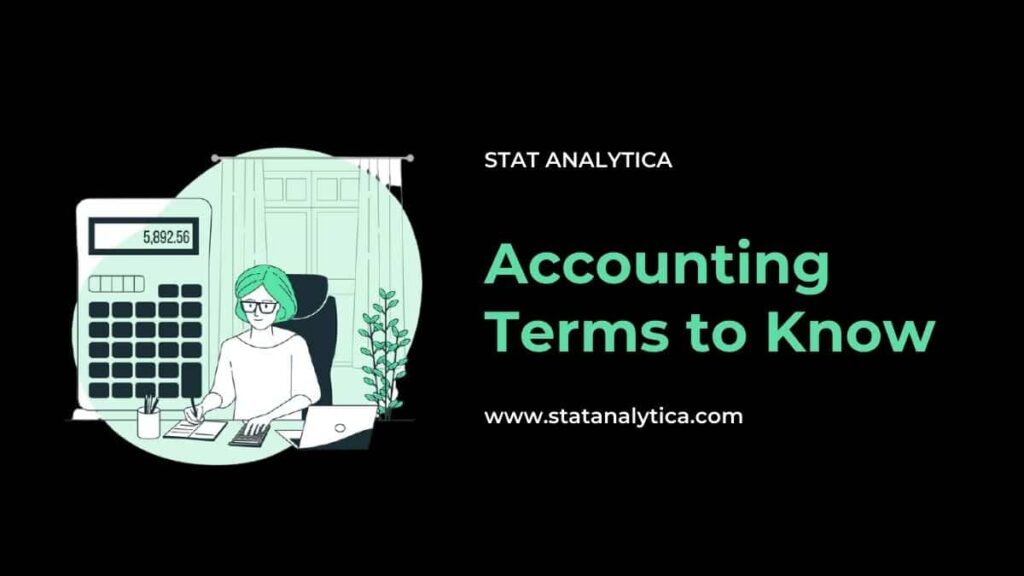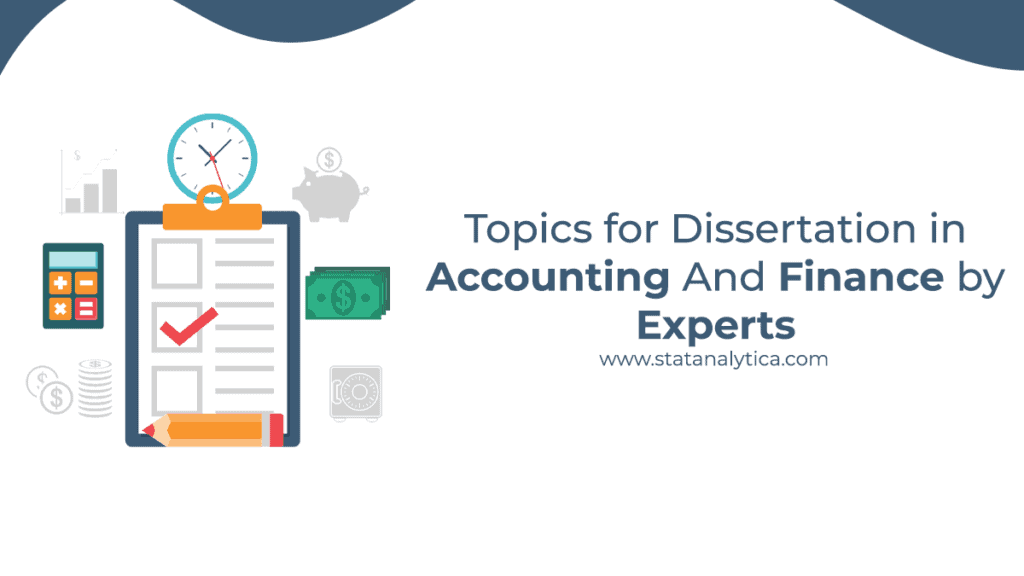People get confused when they talk about accounting terms like debit and credit, assets and liabilities, accounts receivable and account payable, and many more. They often find it difficult to know the exact meaning and difference of the terms. In this blog, we will explore different accounting terms that everyone should know.
Who needs to understand accounting terms?
- An accountant
- A bookkeeper
- The business people
Why do they need to understand these terms?
Table of Contents
All the above professionals need to understand the accounting terms because they have to work with the accounting terms such as liabilities, assets, credit, debit, etc. Moreover, to maintain transparency between the business activities or to run the business smoothly, they should know the proper meaning of accounting terms.
Furthermore, When you deal with the different statements to evaluate the company’s performance, you need to be accurate with all the terms.
Let’s discuss the accounting terms to know step by step-
1 Balance Sheet
It is a document that represents the assets and liabilities of a company on the left and right sides, respectively. It works on the basis of the accounting equation.
Assets-Liabilities=Owner’s Equity(capital)
If the investors want to check a company’s performance, they investigate the balance sheet of that company. For the long life of any business, the assets should be higher than the liabilities. The balance sheet may be prepared quarterly, yearly.
Balance sheet of XYZ company
| Assets | Liabilities |
| Property, land, labor etc | Salary, payrolls, mortgages etc. |
2 Assets
Things a company possesses, or a company has in terms of money, accounts receivable, goods, and other properties such as furniture, land, etc. All these owned by a company are known as assets. Assets add value to the company’s financial status.
For instance, if the business owner purchases some equipment for the employees or some computer system for the newly hired employees, it will be considered the company’s assets.
Assets are represented on the left side of a balance sheet.
3 Liabilities
Things that a company owes to others such as loans, salaries, and payrolls, etc. Liabilities are recorded on the right side of the balance sheet.
Liabilities=Assets-Owners equity
4 Debit
It is an entry on the left side of the account that flaunts how much an organization spent on the different practices.
Debit shows the money goes out.
5 Credit
It is represented on the right side of the account and shows what amount of money a company received.
Credit means money comes in.
| Account | Debit | Credit |
| XYZ company | Spend money | Received money |
6 Double Entry
Double entry is an accounting system where transactions are recorded in a balanced way such as credit, debit and a balance sheet are examples of the double-entry system. It ensures the accuracy of the transactions and records the transaction in separate sections.
7 Net
Net is the term that denotes the amount of money left after paying taxes or other expenses.
8 Gross
When we talk about the total value of money, including tax payments and other obligations, it is known as Gross value.
9 Accrual Accounting
It is a technique to evaluate a company’s achievements and financial status without analyzing the cash transactions.
10 Accounts Payable
This is the amount that a company has to pay to the suppliers for the services and products.
Also Read
- Top 10 Books of Accounting For The Beginners
- What are the Key Importance of Accounting in The World?
- Accountant vs Bookkeeper | All You Need to Know About Them
11 Accounts Receivable
It is the money that a company will receive in the future from the customers. When a customer purchases the product or service from a company but does not pay immediately to the company, instead they use credits to pay, they are debtors of the company and will pay for their services in the future.
12 Financial Statements
These are the annual reports of a business based on those the management, employees and others make decisions. Financial statements present the company’s economic position, performance, and achievements. It helps the business owner and investors make effective decisions.
As per the guidelines of GAAP (Generally Accepted Accounting Principles), three statements are the deciding factors of a company.
- A balance sheet
- An income statement
- Cash flow statement
13 Cash Flow(CF)
The income and expenses that occurred during the different business operations in a time duration are known as cash flow. For the smooth running of a business, sometimes the owner needs to purchase or sell the products and services.
14 Equity
Equity represents the ownership a person has in the company in percentage. It is calculated by subtracting liabilities from assets. The owner of the company’s share is called a shareholder.
15 Insolvency
It is a situation when an organization and individual are unable to pay the debts.
16 General Ledger (GL)
The general ledger is the record of the monetary transactions over the Company’s life.
17 Trial Balance
It is the balancing system of a company where debit and credit are recorded into different columns in order to maintain accuracy.
These are some basic accounting terms to know that are confusing for some people but play a crucial role in the operations and documents.
Let’s gives the answers to some questions related to these terms to get a better understanding of these terms-
Question 1. What is the basic accounting equation?
a. Liabilities+equity=assets
b. equity-liabilities=assets
c. assets+equity=liabilities
| Ans is option( a.) basic accounting equation is assets=liabilities+equity/capital |
Question 2. When we record the financial transactions such as debit, credit on the left and right sides, respectively, what is this system named?
a. Double-entry system
b. Single entry system
c. Balance Sheet
| Ans is option (a). In the double- entry system we record the debit and credit information for balancing. |
Question 3. Accounts payable is used when we-
a. are going to receive the money
b. are going to pay the money
c. pay the money in advance
| Ans is option ( b). We use accounts payable when we purchase the products or services on credits and need to pay the money in the near future. |
Question 4. If you are going to start your own business, what do you need?
a. assets
b.capital
C.equity
| Ans is option (b) We need capital/money for a new start up. |
Question 5. What is the document’s name that shows the company’s assets, liabilities, and owner’s equity?
a. Cash flow statement
b. income Statement
c. Balance sheet
| Ans is option (c). Balance sheet is the document that represents the assets, liabilities and owner;s equity. |
Conclusion
In this blog, we have explained the top 20 basic accounting terms to know. I hope these terms are helpful for you while doing any calculation regarding the Company’s operations and activities. We also solved an exercise to expound the terms deeply. Accounting and terms used in accounting sometimes become a headache for people. They get confused in a few similar terms. After reading this blog, you can understand the proper meaning of accounting basic terms. Get the best corporate homework help online.
Frequently Asked Questions
How is accounting useful?
Accounting is very useful for any organization. It enables the management to make critical decisions in the future based on the past financial transaction records. It is also beneficial for the company’s growth.
What are the requirements to be an accountant?
To be a certified accountant you need to have a bachelor’s degree and CPA (Certified Public Accountant) exam is mandatory if you want to be an expert in accounting. You also have analytica, mathematical, and statistical skills to solve complex problems.
What is the difference between a bookkeeper and an accountant?
A bookkeeper is responsible for the recording of the financial transactions while an accountant analyses the financial transactions and other activities of any organization. An accountant extracts the valuable information by analyzing the financial transactions.
Apart from this a bookkeeper does not need to have any specific skill set whereas an accountant should have mathematical and statistical skills.

